ECG Blog #380 — What is "Swirl"?
Ken Grauer, MD
MAY 20, 2023
The ECG in Figure-1 — was obtained from an older woman with persistent CP ( C hest P ain ) over the previous day. Her symptoms lessened after Nitroglycerin — so the decision was made not to activate the cath lab. Do YOU agree with this decision? Figure-1: The initial ECG in today's case. MY Thoughts on the ECG in Figure-1: In a patient with CP that had been persistent over the previous day ( until Nitroglycerin was given ) — the initial ECG shown in Figure-1 is extremely worrisome.
.jpg)

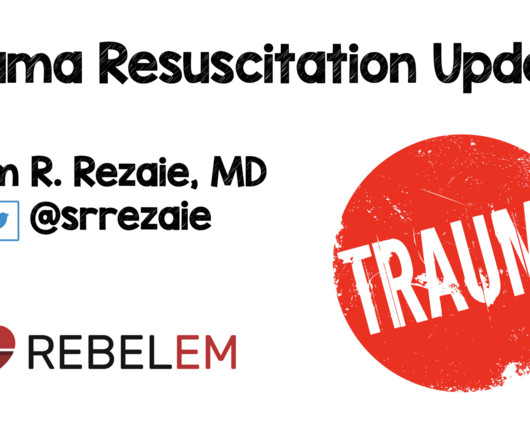



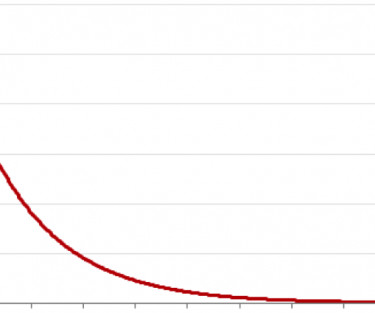


.jpg)





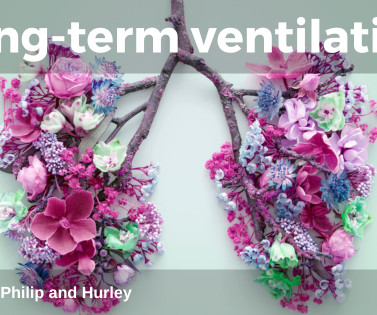
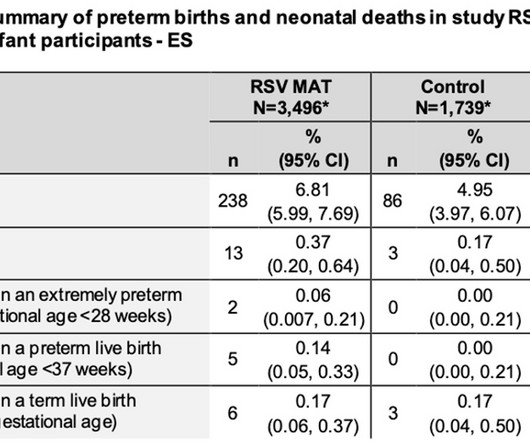



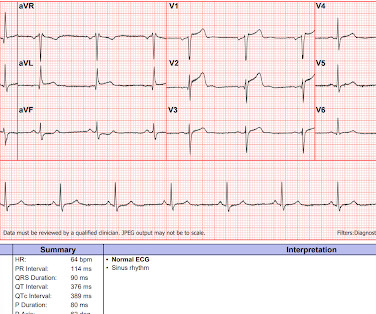
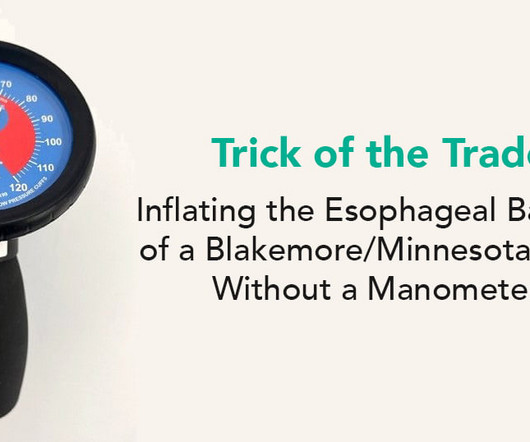
















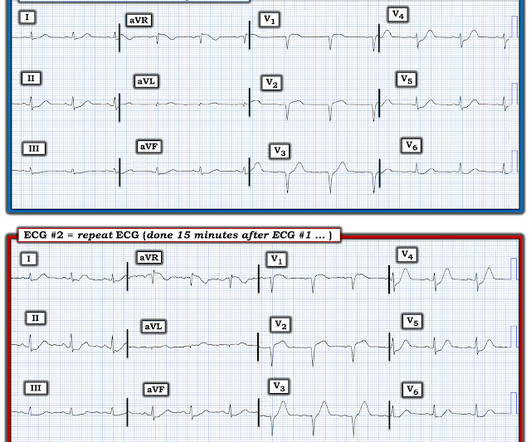







Let's personalize your content